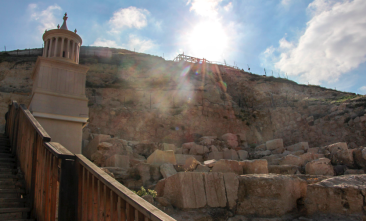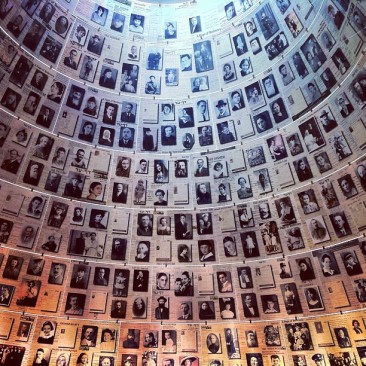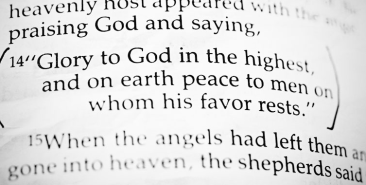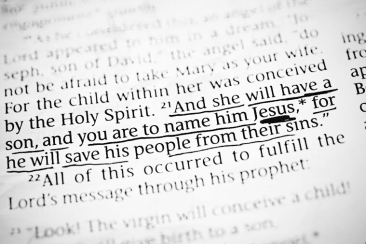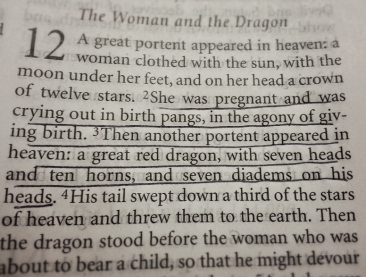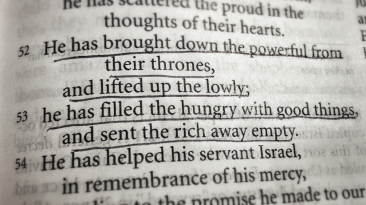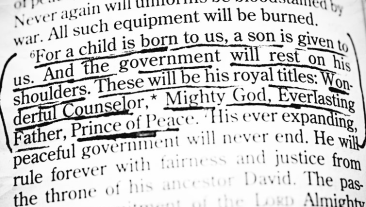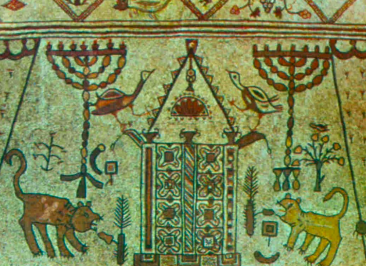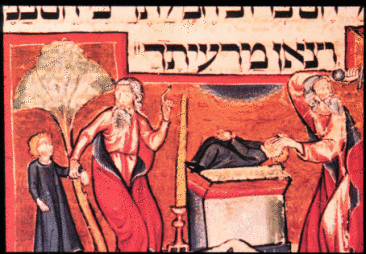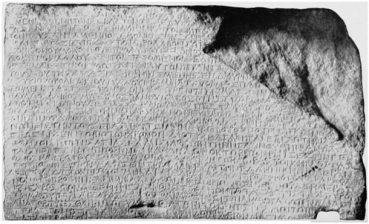The news announced this week of the latest discoveries at the Herodium in the Holy Land are exciting. According to the article: Continue reading
Yom ha Shoah
Today (from sundown yesterday to sundown today) is Yom HaShoah, Holocaust Remembrance Day in Israel. I’ve been honored and humbled in my lifetime to meet four holocaust survivors and discuss with them their experiences. Two of these moments were shared with my oldest daughter. These are moments that she will not be able to experience by the time she is my age .
May we always remember.
In humility we remember the tragic and unthinkable human capacity for evil.
In hope we remember the strength of life and goodness to survive.
In honor we remember those who suffered such great pain and loss.
In remembering may we strengthen the commitment to always stand against such suffering and persecution.
Geza Vermes Lecture on DSS
“The Story of the Dead Sea Scrolls, a lecture presented by Professor Geza Vermes at Louisiana State University’s Hill Memorial Library on September 29, 2009. Geza Vermes was born at Mako in Hungary in 1924. He studied in Budapest and in Louvain (Belgium), where he read Theology and Oriental history and languages, and in 1953 obtained a doctorate with a dissertation on the historical framework of the Dead Sea Scrolls. Now Professor Emeritus of Jewish Studies and Emeritus Fellow of Wolfson College, he continues to lecture in Oxford and worldwide.” [Via YouTube]
“I give myself up to the sacred frenzy.”
Johannes Kepler was born today in 1571. Using the work of Tycho Brahe, he confirmed and expanded Copernicus’ theories that the sun was the center of the planetary system and not the earth (which ran counter to official teaching at the time). Kepler was at the forefront of what would become the Scientific Revolution and an understanding of the principles and the laws of planetary motion that were further confirmed by Newton almost 70 years later. Kepler lived during a period when the understanding of everything in Europe was changing: religion, society, finance, and cosmology. The Reformation was taking place, the crusades had exposed Europe to other complex cultures, free markets were developing, and the globe had been circumnavigated.
Apocalyptic Advent: Luke 2
From the Gospel of Luke:
In those days a decree went out from Caesar Augustus that all the world should be registered. This was the first registration when Quirinius was governor of Syria. And all went to be registered, each to his own town. And Joseph also went up from Galilee, from the town of Nazareth, to Judea, to the city of David, which is called Bethlehem, because he was of the house and lineage of David, to be registered with Mary, his betrothed, who was with child. And while they were there, the time came for her to give birth. And she gave birth to her firstborn son and wrapped him in swaddling cloths and laid him in a manger, because there was no place for them in the upper room.
Apocalyptic Advent: Matthew 1
From the Gospel of Matthew:
Now the birth of Jesus Christ took place in this way. When his mother Mary had been betrothed to Joseph, before they came together she was found to be with child from the Holy Spirit. And her husband Joseph, being a just man and unwilling to put her to shame, resolved to divorce her quietly. But as he considered these things, behold, an angel of the Lord appeared to him in a dream, saying, “Joseph, son of David, do not fear to take Mary as your wife, for that which is conceived in her is from the Holy Spirit. She will bear a son, and you shall call his name Jesus, for he will save his people from their sins.”
Apocalyptic Advent: Revelation 12
From the Apocalypse of John:
Then God’s temple in heaven was opened, and the ark of his covenant was seen within his temple. There were flashes of lightning, rumblings, peals of thunder, an earthquake, and heavy hail.
And a great sign appeared in heaven: a woman clothed with the sun, with the moon under her feet, and on her head a crown of twelve stars. She was pregnant and was crying out in birth pains and the agony of giving birth.
Apocalyptic Advent: Luke 1
The Gospel of Luke records a revelatory and visionary event that happened in the life of a young Jewish girl name Miriam (Mary), who lived in the northern hill country of Judea, called “the Galil” (Galilee). The Jewish people have been conquered, occupied, and oppressed by the Romans for about 40 years when this event takes place:
Apocalyptic Advent: Isaiah 9
The word of YHWH to Isaiah the Prophet:
The people who walked in darkness
have seen a great light;
those who dwelt in a land of deep darkness,
on them has light shone.
The Menorah in the New Testament
The Menorah is mentioned in two passages in the NT: once in Hebrews (9:2) and then in the opening vision of Revelation. In this latter apocalyptic vision, the menorah. with its seven lamps, is identified with the seven churches to whom the vision is directed, with each receiving a message to its angel or messenger (Greek angelos means “messenger”). These churches were all located in the western region of modern day Turkey. It is notable that the One in the vision is seen as being “in the midst” and “walking among the lampstands”.
Torah Reading, Week 4: “And He Appeared…”
This week’s Torah reading is Vayeira (וַיֵּרָ֤א—”And he appeared”) Genesis 18:1-22:24. It includes the promise that Sarah would have a son, Isaac or Yitzak—a boy named “laughter” because Sarah (who was 90 in the biblical narrative) laughed when she heard it. I suppose, in this regard, he could have easily been called named Yivkeh, “weeping”.
The Birth of a Savior
On this day in 63 BCE, Gaius Octavius Thurinus was born. When he was nineteen, he would become the adopted heir of his great-uncle, Julius Caesar. We know him as Octavianus or Caesar Augustus, the first Emperor of Rome.
Later during his reign, his birth was celebrated as that of a Savior, as is recorded in the Greek Priene Calendar Inscription:
Continue reading
